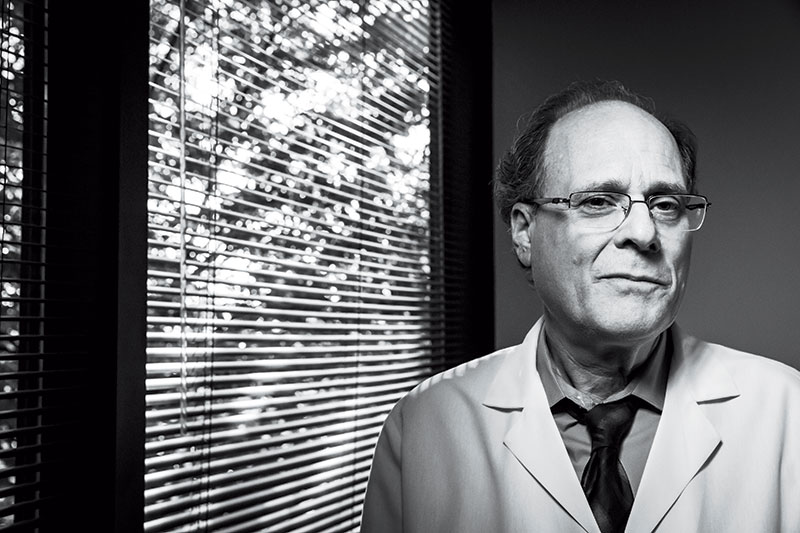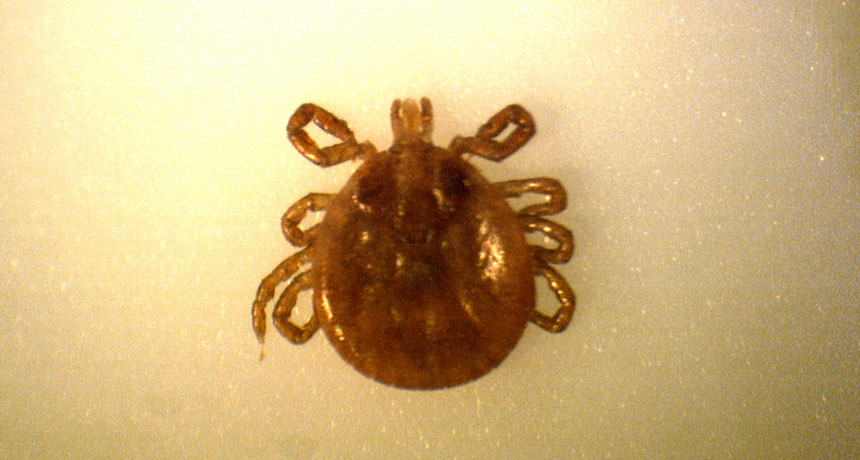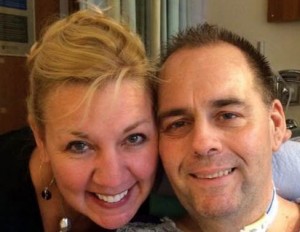Bethesda Magazine profiles a Maryland physician who has his medical license on the line to help Lyme patients.
From Bethesda Magazine, November-December 2016
By David Frey
When Melissa Brinsfield wakes up, she never knows if it’s going to be a good day or a bad one. Will she be able to handle the press of people on the Metro to D.C.? Will she have the energy to make it through work? How severe will her headaches be?
“I’m turning 40, and at times I feel like an 80-year-old must feel,” says Brinsfield, gripping a water bottle she’ll fill over and over throughout the day to quench a thirst that, like the pain in her joints, never goes away. Still, she’s doing better than she was a few years ago. “I don’t feel as much of the rotting from the inside out anymore,” she says.
One morning in May, she walks to the conference room of the staffing firm where she works, her flip-flops slapping against her heels. Her bosses have been a blessing, she says. They don’t complain that she can’t wear regular shoes to work because her feet hurt too much. They’re flexible when she has to come in late, leave early or work from the Rockville office—closer to her home in Bethesda—instead of going downtown.
Brinsfield thinks back to the spring of 1998. She was an active, outgoing junior at Bucknell University in Lewisburg, Pennsylvania, pursuing a double major in education and English, when she looked down at her right forearm one day and saw a round red rash surrounded by a ring, like a bull’s-eye. Her doctor recognized it as the telltale sign of Lyme disease, a tick-borne illness that can cause aches, fevers and fatigue within days of being bitten. Left untreated, Lyme disease can affect the joints, nervous system and heart. For some patients, the symptoms can linger for years, even after they’re treated.
Brinsfield didn’t remember being bitten by a tick. Where could it have happened? When? She took a two- or three-week course of antibiotics, which is usually enough to leave patients feeling like themselves again, and she pretty much did for a while. But every year she’d have bouts of flu-like symptoms that wouldn’t go away for weeks. She suffered unexplained knee and back pain, which she chalked up to getting older.
In 2011, things got worse. She felt depressed and didn’t know why. She was experiencing aches and pains, confusion, and shortness of breath. She’d sweat in the cold and shiver in the heat. “To say it was hard to get out of bed in the morning is an understatement,” she says.
Two years ago, Brinsfield went to see Dr. Daniel Jaller, who diagnosed her with chronic Lyme disease. Jaller, whose office is in Rockville, specializes in alternative methods of treating Lyme disease and other tick-borne illnesses. But the Centers for Disease Control and Prevention (CDC) doesn’t recognize chronic Lyme disease as a diagnosis, and Jaller’s approach—which often includes long-term intravenous antibiotics—is so controversial that he was put on probation last year by the Maryland Board of Physicians. At 60, Jaller is part of a cadre of renegade doctors who follow guidelines created by the International Lyme and Associated Diseases Society (ILADS), a Bethesda-based organization that views chronic Lyme disease as an acceptable diagnosis and encourages doctors to treat it. Read More





